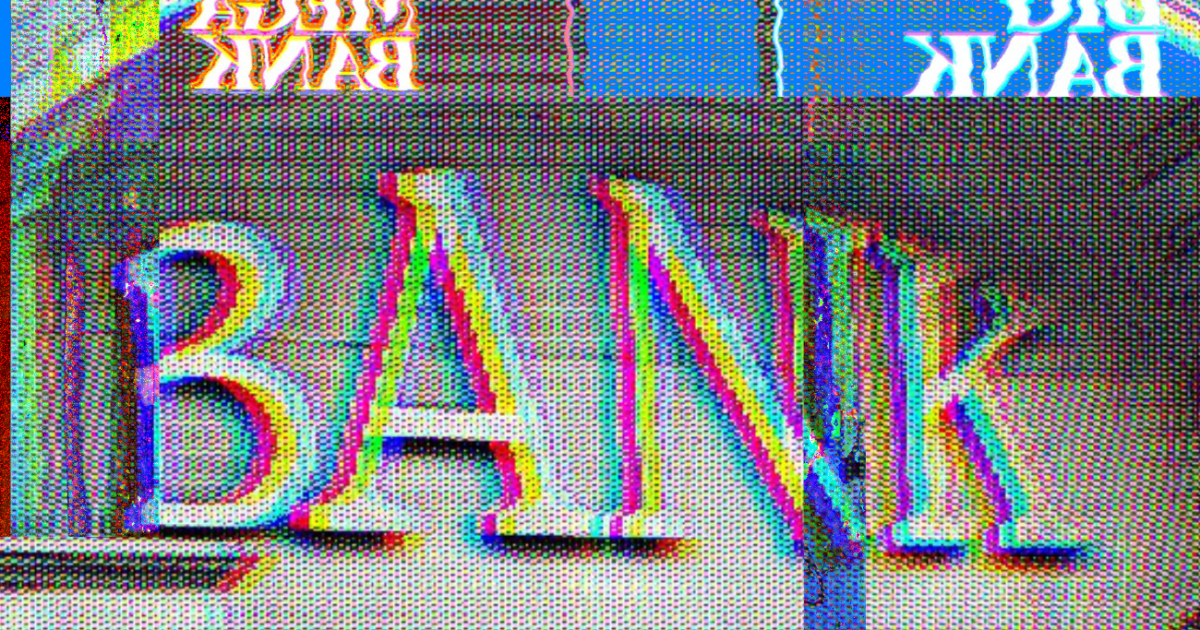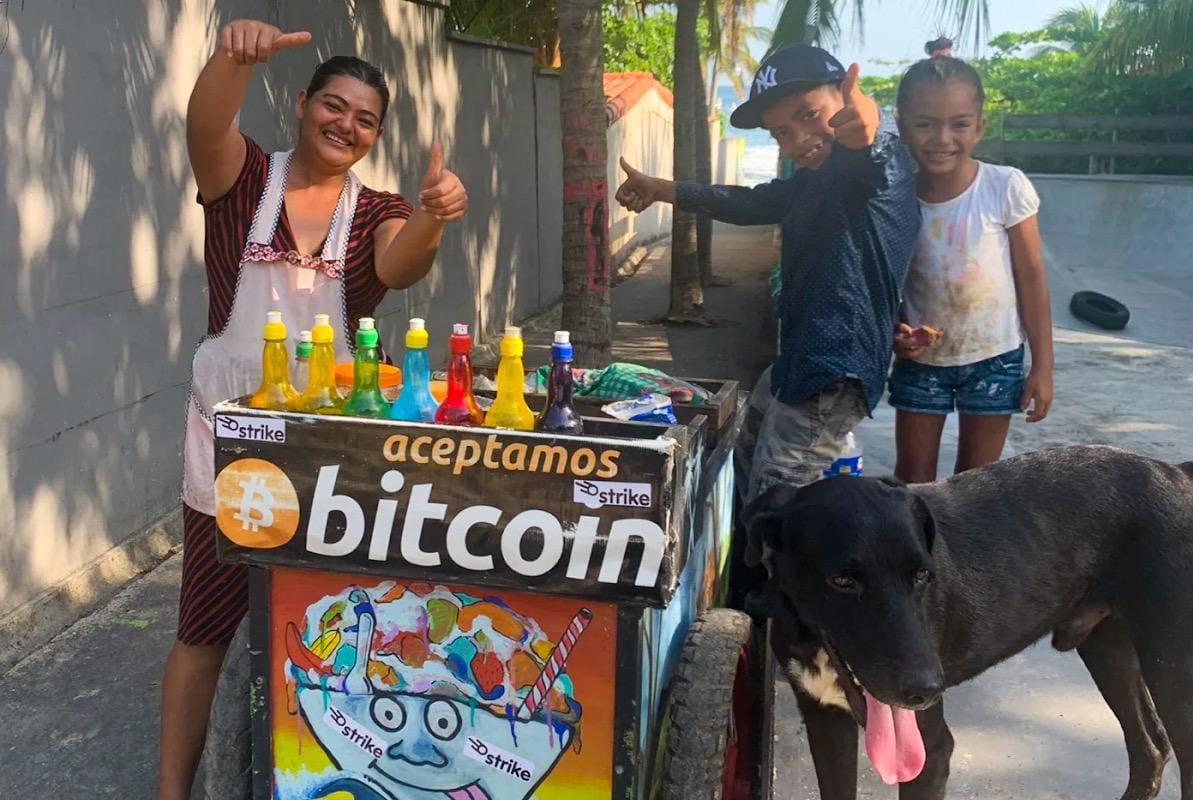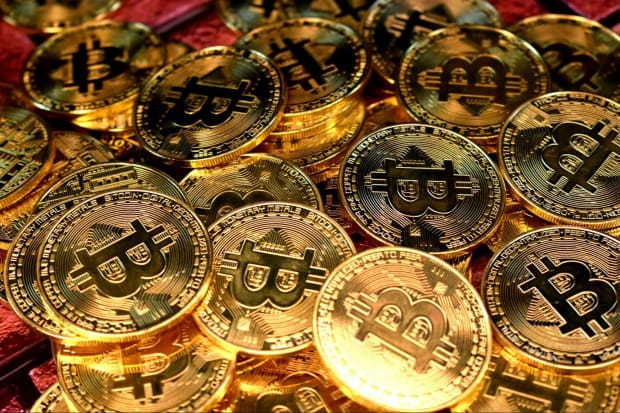Bakkt to the Wall? Evaluating Bakkt’s First Week and Its Future Potential
After a year of waiting and stutter-stepping, Bakkt — perhaps the most anticipated Bitcoin marketplace innovation of 2019, which was supposedly going to finally unleash a deluge of institutional liquidity into Bitcoin’s largely retail market — launched on September 23, 2019. And the results were overwhelmingly underwhelming.
Bakkt, a futures market with daily and monthly contracts settled in bitcoin launched by the Intercontinental Exchange (ICE), traded 72 contracts in its first 24 hours. With bitcoin at just under $10,000, this added up to a disappointing $710,000. The CME and Cboe exchange’s cash-settled bitcoin futures, by comparison, traded $70 million and $100 million, respectively, when they launched in December 2017.
By the end of the week, Bakkt’s monthly futures volume was still remarkably thin, with just under $6 million in contracts trading hands over its inaugural week. Unsurprisingly, this dammed up the swelling optimism that had anticipated the launch (and Twitter was immediately popping with sarcastic takes).
Nevertheless, a common sentiment surfaced: It’s simply too early to judge this apparently game-changing institutional on-ramp. That may be true, but what if the hype that inflated anticipation of Bakkt was also predicated on the pretense that institutions currently don’t have sufficient regulated access to bitcoin, when in reality, they do?
It’s definitely too early to damn Bakkt as a flop, but factoring in other institutional bitcoin on-ramps, as well as the timing of Bakkt’s launch, can inform our understanding of why it didn’t match expectations.
Options on Options
“For institutions who took the time to understand Bitcoin, they already had numerous investment products available to them — from cash settled futures to investment trusts, to buying directly from OTC brokers or exchanges,” Su Zhu, founder of emerging-markets-focused hedge fund manager Three Arrows Capital, told Bitcoin Magazine.
The key, though, is not onboarding those who are already invested in bitcoin; it’s attracting new hodlers. Bitcoin is now embedded in one of the world’s largest stock exchanges, and this is the greatest blessing Bakkt bestows on the industry, Zhu believes.
“I think the main value proposition of Bakkt is adding the ICE brand name to the mix and serve as a key on-ramp as the bull market matures,” Zhu said.
So, amid sighs of discontentment following Bakkt’s launch, Zhu is urging patience. The platform’s liquidity will first be “a trickle, then a flood,” he said on Twitter, adding that “most regulated futures platforms get low adoption on [day one]” because brokers aren’t prepared to clear the trades and cautious investors are waiting to see how the market reacts.
Guy Hirsch, the U.S. managing director of eToro, agreed with Su Zhu’s sentiment that “it’s too early to tell” if Bakkt will be a success or not, and he sees its tepid start as confirmation that some investors are still testing the waters on a very nascent asset class.
“I see the hesitance as a ‘wait-and-see’ approach more than a reaction to the structure of the offering. Crypto is still a relatively new asset class and institutions are still learning about the benefits that it offers,” Hirsch told Bitcoin Magazine. “These sorts of offerings can often take a long time to play out and gain market share. Expect institutions to cautiously watch each other and ensure that the market infrastructure is in place before making any commitments.”
Building Institutional Interest
Hirsch also spoke to the need for institutional investors to receive the proper go-ahead from officials before entering a market like bitcoin, adding that “regulatory clearance is complicated and takes time.” The regulatory murk can make it hard to know “exactly what the bitcoin market will look like in future months and years.”
But in eToro’s experience, at least, Hirsch said that “there’s no doubt that [institutional] interest is there.” In fact, he noted that “it’s deemed almost irresponsible to disregard the digital asset,” considering it’s the best performing asset class of the decade. This fact should drive sidelined investors into the game eventually, Hirsch believes, and Bakkt is just the beginning for enriching Bitcoin’s exposure to Wall Street-caliber trading.
“As institutions learn about the benefits of the technology, we expect the market to expand far beyond where it is today,” he said. “The institutional products on the market today are only a fraction of what we’ll see over the next decade.”
“An Unfortunate Launch Date”
As Hirsch pointed out, bitcoin is still a very young asset, so some institutions are going to need time to digest what it is before they decide to take a position or not.
This is one answer for why Bakkt didn’t attract as much trading volume as some may have hoped, along with the explanation that most institutional investors have a plethora of options elsewhere.
Bakkt’s timing offers another hint, according to Edward Moya, a senior partner at Oanda Group, a foreign exchange market and financial services company. When its predecessors in the Cboe and CME futures launched, bitcoin was at the peak of its most radical price rise to date, and intrepid accredited investors were eager to capitalize on the imminent drop from its $19,000 all-time high.
“The launch of CME’s product had many investors salivating at the opportunity to short the highly elevated crypto space at the time,” he said, adding that Bakkt had “an unfortunate launch date when the entire crypto space was looking vulnerable.”
Bitcoin’s price took a dive following Bakkt’s launch, falling roughly $2,000 over the course of the week (though given Bakkt’s anemic trading volume, this is no doubt coincidental rather than causal).
Bakkt’s physically settled futures are a first-of-their-kind financial product as well, Moya said. Investors will need to get “acclimated to this new exchange-backed bitcoin warehouse and futures contract,” a reiteration of Su Zhu’s belief that new commodities often present a substantive learning curve for old-guard institutions.
“Patience will be needed for the entire crypto space, but Bakkt bitcoin futures should be welcome news for accredited/institutional investors seeking more price discovery and risk management,” Moya concluded, while calling the offering “a great opportunity … to attract mainstream attention.”
“Bitcoin Is Growing Up”
Travis Kling of Ikigai Digital Asset Fund took this optimism even further. He presaged that Bakkt’s futures will be seen as a paradigm-defining moment for bitcoin’s acceptance as a serious asset. Considering “[s]ix years ago we had the Mt. Gox hack, three years ago we had the Bitfinex hack and two years ago we had the Coincheck hack,” Kling noted, bitcoin’s legitimacy as a financial product has come a long way.
“When the history books are written, the Bakkt launch will be portrayed as a step-change for the crypto ecosystem,” Kling said. “Today we have the assurances that come along with the safety and security of the [New York Stock Exchange] … A liquid, physically delivered futures curve is critically important to the maturation of Bitcoin. That curve should serve as the foundation on which to price bitcoin volatility, which should lead to a functional options market for Bitcoin. A functional Bitcoin options market allows for the partial transfer of risk from one party to another, which should lead to significant institutional adoption. Getting Bakkt up and running is one more step in a long line of steps towards institutionalization.”
Bitcoin ETF Implications?
To no one’s surprise, Bakkt aligns with Kling’s optimism.
Its CEO, Kelly Loeffler, formerly a CMO at ICE, wrote a blog post which hyped the product as “a milestone for the industry.” Proclaiming in the title that “We have liftoff” — a nod to Bitcoin’s indelible “To the moon!” meme — she writes that the regulated bitcoin product “will accelerate the adoption of digital assets.”
Something like Bakkt dresses up bitcoin like any other regulated, trustworthy asset. For a little-understood commodity often defined by its frenetic price swings and a history of shady cyber activity, this is critical for courting Wall Street.
“As institutions enter this emerging asset class, they will continue to look to secure infrastructure and the regulatory certainty that it provides. Importantly, these futures contracts now serve as benchmarks established by a trusted price discovery process upon which investors can rely,” she wrote.
Perhaps the best way to look at Bakkt, then, is not through the immediate benefits it provides, but the promise that is (hopefully) to come. A recent Fortune interview with Loeffler, for instance, observed that “if Bakkt acquires gigantic volumes” then this could mean that bitcoin purchasing on Bakkt “might pass the SEC’s test for packaging Bitcoin into ETFs and mutual funds.”
Essentially, this institutional product could pave the way for a bitcoin ETF, that elusive unicorn of Bitcoin’s institutional adoption that the industry has been waiting on for so long.
As to whether or not Bakkt will provide the rocket fuel its orchestrators and community observers are hoping for, we’ll have to see if suit-and-tie Bitcoin cleans up well enough for the big players on Wall Street.
The post Bakkt to the Wall? Evaluating Bakkt’s First Week and Its Future Potential appeared first on Bitcoin Magazine.









